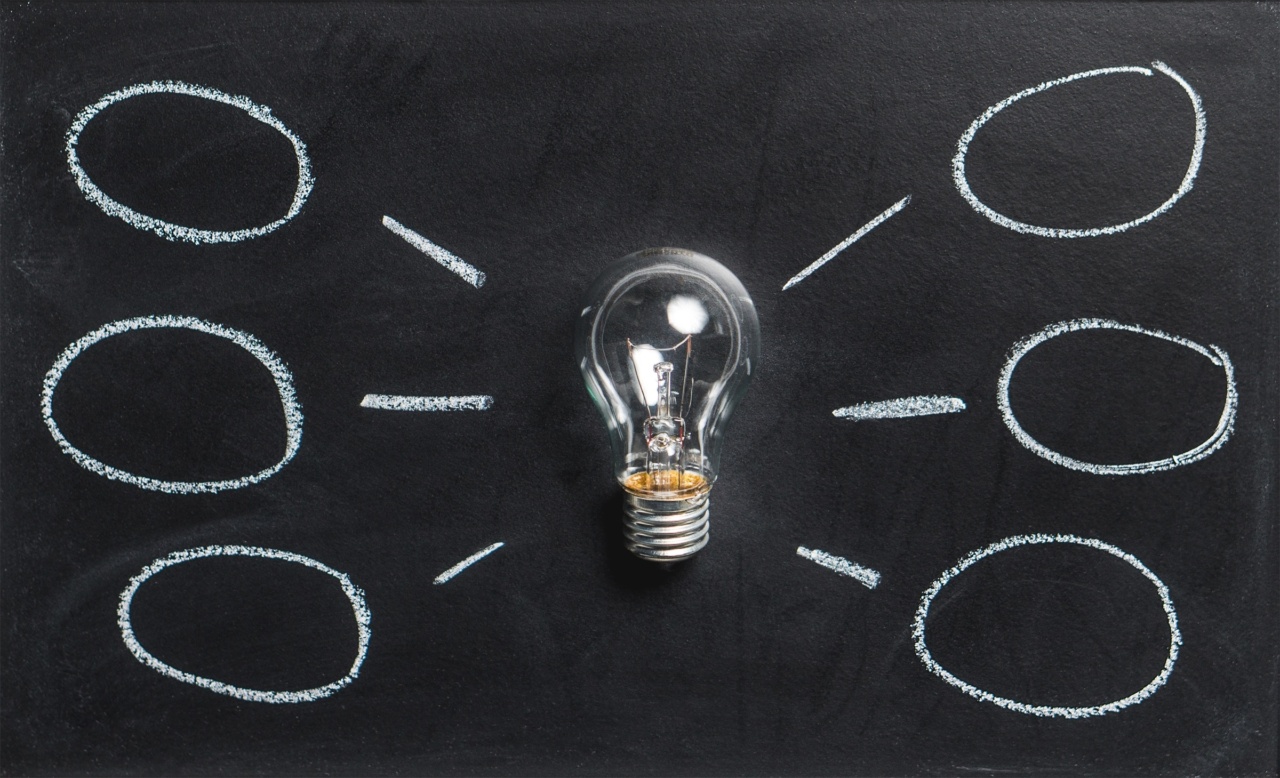Lighting is one of the most important factors that affect our daily lives. It influences our moods, productivity, and even our actions. Additionally, lighting has a significant impact on our memory and learning capabilities.
Due to this, it is essential to understand how light affects our brain and how we can use lighting to improve our memory and learning abilities.
The Science behind Lighting and Memory
Scientists have been studying the relationship between lighting and memory for years. They have discovered that lighting may have a significant impact on our brain’s ability to store and retrieve information.
One of the key reasons for this is that light affects the release of certain brain chemicals that are critical for learning and memory.
How Lighting Affects the Brain
The brain is designed to work with natural light. Our internal clock, also known as the circadian rhythm, is controlled by natural light. When we are in a dark place, the brain secretes a hormone called melatonin, which makes us feel sleepy and tired.
In contrast, bright light inhibits the release of melatonin, leading to increased alertness and wakefulness.
When we are exposed to bright light, the brain also releases chemicals like serotonin and dopamine, which enhance our mood, memory, and learning abilities.
Bright light also helps to improve blood flow to the brain, which brings in more oxygen and nutrients and helps to maintain healthy brain function.
The Best Lighting for Memory and Learning
The best lighting for memory and learning depends on the type of task being performed. For tasks that require high levels of concentration and focus, such as studying or writing, it is recommended to use bright, blue-enriched light.
Blue light has been shown to boost cognitive processes and alertness, making it an excellent choice for tasks that require a lot of mental effort.
However, for tasks that require creativity and relaxation, such as drawing or painting, it is recommended to use warm, yellow-enriched light. Warm light has a calming effect on the brain and can help improve mood and creativity.
The Impact of Lighting in Classrooms
The impact of lighting in classrooms cannot be ignored. A well-lit classroom can have a significant impact on the students’ ability to learn and retain information.
Studies have shown that students perform better in well-lit classrooms, and their memory and attention span are improved.
In addition, poor lighting in classrooms can have adverse effects on students’ health, leading to headaches, eyestrain, and fatigue. Fluorescent lighting, for instance, has been linked to migraines and stress in students.
The use of natural light and full-spectrum lighting has been shown to improve learning and reduce stress and fatigue in students.
Practical Lighting Tips for Improving Memory and Learning
Here are some practical lighting tips that can help improve memory and learning:.
- Use natural light when possible. Natural light is the best kind of lighting for the brain and can help improve mood and cognitive functions.
- Use blue-enriched light for tasks that require focus and concentration.
- Use warm, yellow-enriched light for tasks that require creativity and relaxation.
- Avoid harsh, fluorescent lighting as it can lead to headaches, eyestrain, and fatigue.
- Ensure that the lighting is even across all parts of the room so that there are no dark corners or areas.
- Use adjustable lighting so that it can be changed based on the specific needs of the task at hand.
The Importance of Lighting in the Workplace
The importance of lighting in the workplace cannot be overstated. Good lighting in the workplace can help improve productivity, morale, and even reduce the number of accidents.
Research has shown that employees who work in well-lit environments are happier, more productive, and less likely to call in sick compared to those who work in poorly lit environments.
Additionallly, lighting in the workplace can be used to influence behavior and mood. Bright light can be used to enhance alertness and focus, while warm light can be used to create a relaxed environment that promotes creativity and collaboration.
The Bottom Line
The importance of lighting on memory and learning cannot be overstated. Lighting has a significant impact on the brain and can affect mood, cognitive functions, and even academic performance.
Therefore, it is essential to ensure that the lighting in our homes, schools, and workplaces is optimized for memory and learning. By understanding the science behind lighting, we can make educated choices about the kind of lighting we need to promote a healthy, productive environment.































